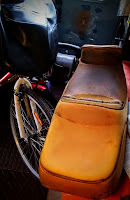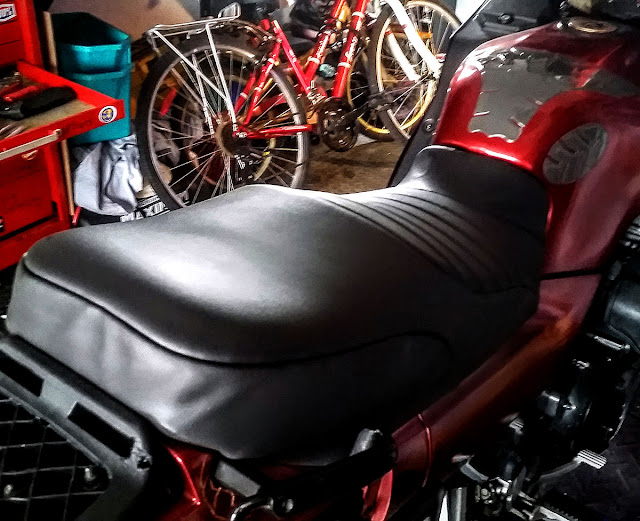
I’ve had a number of conversations in the past few weeks that shed some light on a difficult subject. This all began at my men’s yoga class. One of the other guys there is a detective from the city south of us. He has been working on homicides for the past nine years and is starting to feel the weight of being around that much death all the time. He said the hardest part of is job is seeing his own demographic so prevalent in the suicides he covers. When I asked what he meant he said the suicides always seem to be guys in their forties and fifties. That was a heavy way to start a yoga class full of guys in their forties and fifties and not the kind of thing you soon forget.
From that I went into Christmas. The last couple of years have been good with trips away to warmer places. These adventures have been a great alternative to having how dysfunctional my family is rubbed in my face for two weeks. After a long bout of mental illness, a divorce and a suicide the local family members aren’t very good at getting together and all the rest are an ocean away. I feel remarkably isolated during the holidays and getting generic presents from in-laws only serves to emphasize how peripheral I am to the festivities. I can see why some people struggle with the season while the rest are manically happy.
With that all behind me I attended a lodge meeting this week that developed into a very insightful discussion by a group of sharp men on the steady deterioration of social interaction between our gender in the past two decades. Evidently I’m not the only man who feels socially isolated. Many older members lamented the lack of time and the means to enjoy that social time together. My sardonic reply was, ‘yeah, but we’re all much happier nowadays.’ Attendance in masonry is an ongoing concern. Twenty years ago the social aspects of the craft were central to a meeting with brothers often socializing long after the meeting was done. Back then we had time for each other, nowadays our commutes are longer, our work expectations more stringent and our family commitments more involved. We have less time for each other in the Twenty First Century.
 We’re feeling time squeezed at a time when our debt levels are going through the roof in a desperate attempt to maintain that standard of living we enjoyed two decades ago. One of the first things you try to curtail when you see debt spiraling out of control are optional social events. The economics of Twenty First Century life is just another force acting to tear us apart. As Axl so aptly once said, ‘as our arms get shorter our pockets get deeper.’
We’re feeling time squeezed at a time when our debt levels are going through the roof in a desperate attempt to maintain that standard of living we enjoyed two decades ago. One of the first things you try to curtail when you see debt spiraling out of control are optional social events. The economics of Twenty First Century life is just another force acting to tear us apart. As Axl so aptly once said, ‘as our arms get shorter our pockets get deeper.’
Running the desperate treadmill of modern life has us feeling like we have no time to make connections with each other. To fix this problem we cunningly invented social media to fill that gap. You can stay in touch without sitting in traffic in crumbling infrastructure while burning ever more expensive gasoline to see people, but you’re not really seeing them. Having the time and means to actually meet your fellows and spend time with them without feeling like you need to be virtually or physically elsewhere is a basic human need many men have forgotten. I’m willing to bet many of those suicides my yoga buddy attended were lonely men feeling socially isolated.
The health considerations of poorly socialized, less active men are bad for everyone. I keep getting told
to be active. I’d love to play hockey or soccer as I once did, but there is no access to the local cliques who do it. Men tend to be remarkably tribal and don’t like taking in outsiders. That makes it difficult to play team sports if you’re not living where you grew up with the people you grew up with (that’s most of us).
I’m going to make a concerted effort to try and cultivate the time and space to find the social discourse I seem to have grown out of as a middle-aged man. My family and my work are important, but so is finding the time and means to experience meaningful relationships with other men. It might even lead to exercise and a chance to expand my social network into something beyond words on a screen.






































